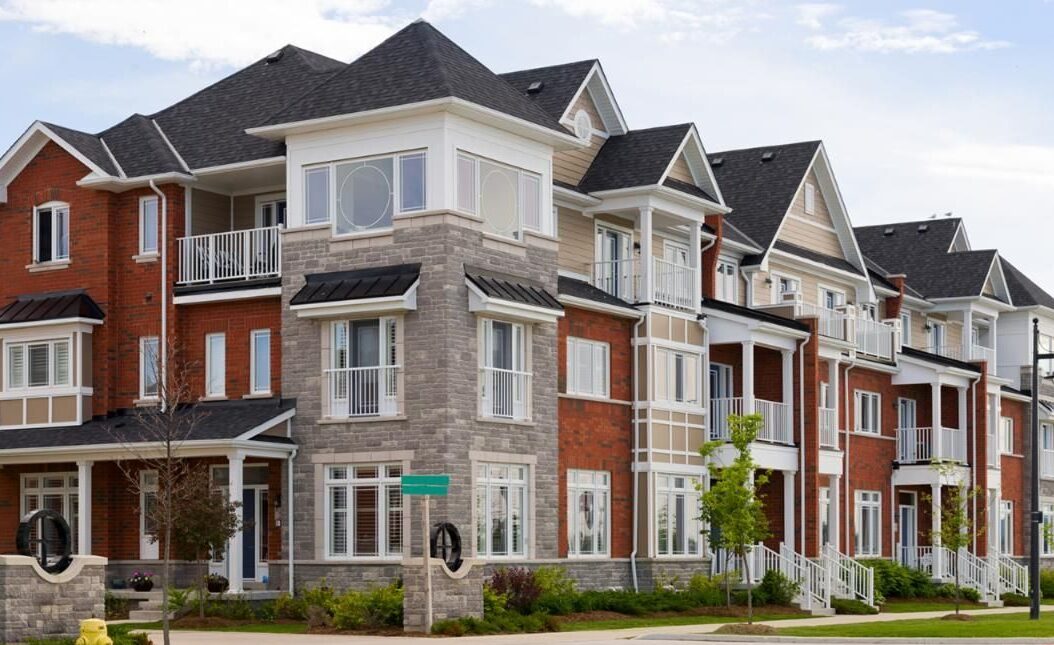What Real Estate Investors Should Know
As we all know by now, President Biden signed the $740 billion Inflation Reduction Act of 2022 (IRA) into law on August 16. It’s the largest federal investment aimed to address climate change and includes the most substantial changes to national health care policy since passage of the Affordable Care Act.
Many will debate how the law will impact both individuals and businesses in the long and short term, but what does it mean for commercial property investors?
Some provisions aimed at large corporations, such as the 15% minimum corporate tax rate and 1% stock buyback excise tax, should have little, if any, effect on the average real estate investor or those investing in Real Estate Investment Trusts (REITs). Other energy efficiency and tax provisions will enable these groups to gain significant tax breaks – welcome news in this economy! Our breakdown of provisions with the most benefits, listed below, offer property owners some compelling incentives to make green technology and energy-efficient investments in their buildings.

Section 179D – Energy-Efficient Commercial Building Tax Deduction
- The existing incentive, which was extended permanently with the CARES Act, provides an immediate tax deduction of up to $1.88/sq ft for building investments in energy-efficient lighting, HVAC, or building envelope components achieving 50% energy improvements beyond current ASHREA code standards. The deduction is for larger commercial buildings such as hotels, hospitals, schools, office buildings and warehouses.
- Starting in 2023, buildings meeting updated IRA qualifications can qualify for deductions on a sliding scale starting at $2.50/sq ft for 25% improvement to $5.00/sq ft for 50% improvement. This is a significant increase in potential tax savings!
- Architects, contractors or engineers primarily responsible for the building design commissioned by any tax-exempt entity or tribal government (not just government buildings as in the existing code) can get the deduction instead of the owner.
- Instead of the previous one-time deduction, privately owned commercial buildings can now be certified and the deduction claimed every three years (tax-exempt buildings every four years).
- REITs will now be able to utilize 179D tax deductions for purposes of computing their earnings and profits.
- Taxpayers can elect to take an alternative, parallel deduction for these costs placed into service in connection with a qualified retrofit plan. Guidelines on how this program will work are forthcoming.
- These deductions will remain in effect through 2032.
- Read more details on this and other provisions in the U.S. Green Building Council’s analysis of the IRA.

Section 45L – Energy-Efficient Home Credit
- This credit currently applies specifically to residential homes or apartments three stories or less above grade. The current credit is $2,000 per unit for newly or “substantially reconstructed” homes meeting a 50% higher level of energy efficiency than 2006 IECC standards. The qualifying timeframe is now extended to properties placed in service through the end of 2022.
- Beginning in 2023, even more property owners can get bigger credits if they meet new modified requirements:- $2,500/unit if certified as meeting Energy Star new home requirements– $5,000/unit if certified as meeting the Department of Energy’s Zero Energy Ready Home program– The same credit now extends to multifamily units, including high-rise projects, certified as meeting the Energy Star Multifamily New Construction Program requirements or certified as zero-energy ready. The amount of the credit will be reduced to $500/unit and $1,000/unit respectively if new prevailing wage requirements are not met.
- These credits will remain in effect through 2032.
- Affordable housing developers claiming these credits are no longer disqualified from also claiming the Low-Income Housing Tax Credit (LIHTC).

Section 48 – Commercial Energy Tax Credit for Energy Property
- This credit is extended through 2024 for commercial investments in solar panels, wind property and other energy systems, and extended through 2034 for other property such as geothermal heat pumps. It’s an investment that can both save a property owner in energy costs and be a perk to attract energy-conscious tenants.
- Credit is up to 30% of the system cost (if you meet new prevailing wage and apprenticeship rules, otherwise 6% credit).
- Systems are assigned a 5-year asset life (even though most last 25-30 years).
- The credit reduces the basis by only half the credit amount, so instead of starting with a 70% depreciable basis, the basis is 85% of the total cost.
- Bonus depreciation will apply depending on what year the system is installed and put into use.
- Additional credits are given for installing panels in low-income communities, qualified low-income residential buildings and “energy communities” such as where a coal mine has been retired.
- Qualifying systems must be new, located in the US, and be installed on a property held for at least 5 years.
Section 30C – Alternative Fuel Refueling Property Credit
- This credit is extended through 2032 and now includes electric vehicle (EV) charging stations a building owner may want to install in their parking garage/lot, as well as bidirectional equipment or for 2- and 3-wheeler chargers. It’s another perk that can attract new tenants.
- Credit is up to 30% of the system cost (if you meet new prevailing wage and apprenticeship rules, otherwise 6% credit).
- Credit limit is expanded from $30,000 per location to $100,000 per item.
- The final version of the provision now specifies that the credit is only available on EV chargers installed in rural or low-income communities.
So How Can I Take Advantage of the IRA?
It’s no doubt that the IRA can be extremely beneficial to energy-conscious investors who choose to invest in green energy sources that can attract new tenants and are savvy enough to take advantage of the new extensions and updates to the tax codes. However, several of these provisions require certification by a qualified third party to ensure they satisfy all energy requirements specific to the year the building is placed in service. Investments in energy-efficient technologies and materials can potentially yield additional tax benefits when included in a cost segregation study. CRS’ experienced, licensed engineers are ready to assist with certifying these projects and navigating the complex process of claiming these tax incentives, so contact us today to see how we can help make them work for you.

